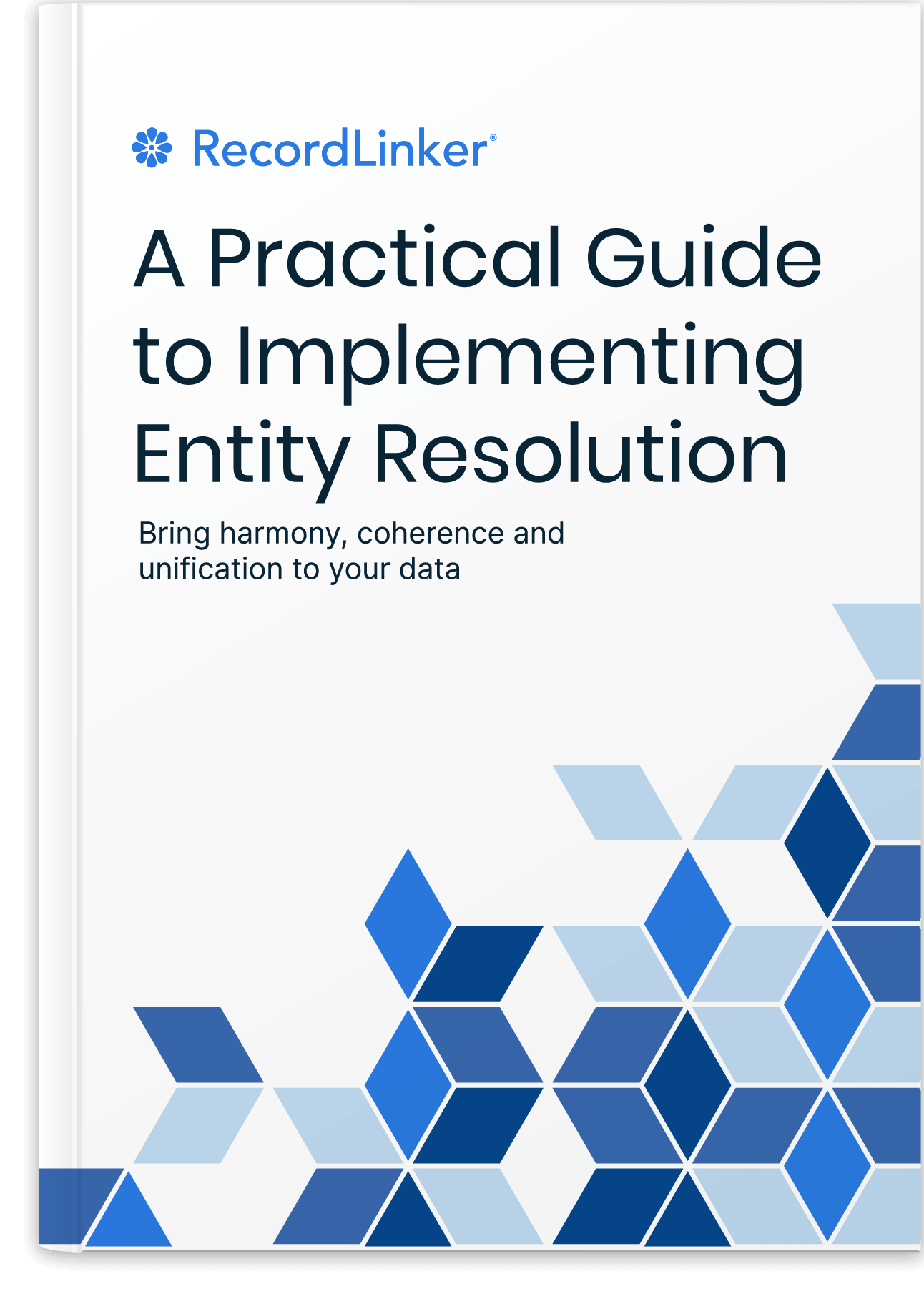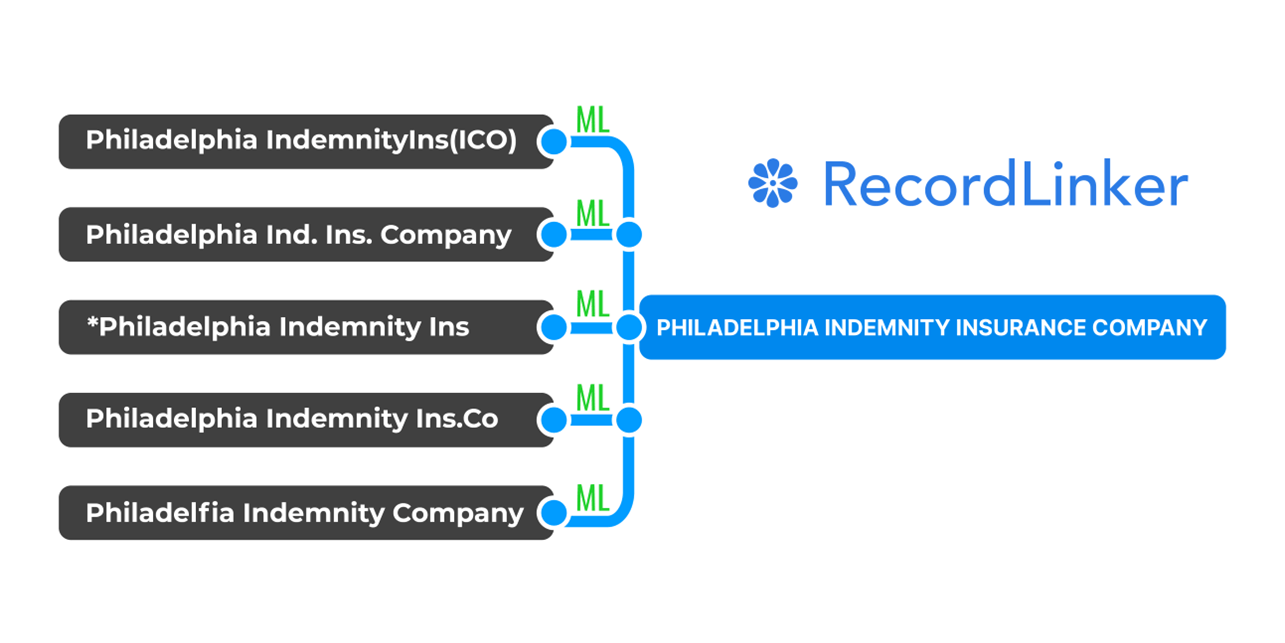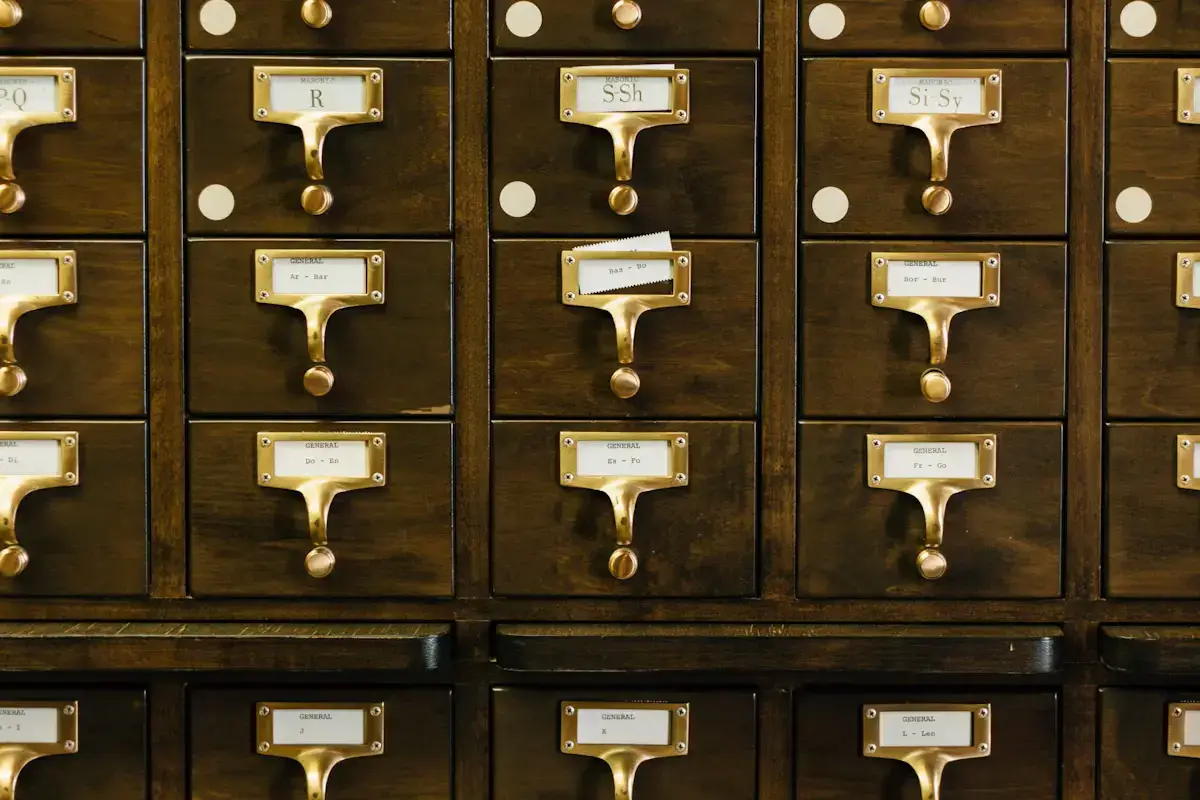10 Customer Master Data Management Best Practices For A Successful Business
In this article, the importance of customer master data management for a successful business is discussed. The article provides ten best practices for managing customer data effectively. These include defining data needs, identifying data sources, assessing data quality, establishing data governance, implementing data quality programs, creating a single view of the customer, implementing data security and privacy controls, backing up data, destroying unneeded data, and using data insights to improve the customer experience. The article emphasizes the importance of having accurate and up-to-date data to make informed decisions about customer relationships.

As a business, your customers are your lifeblood. Having a complete and accurate view of their contact details, demographic profiles, and behavioral patterns is critical to keeping them engaged and happy – and to shaping a wide range of core business decisions.
Customer master data management is a set of policies, processes, and technologies that provide you with a centralized, 360-degree view of your customers. It’s the single source of truth, accessible to all relevant departments, on everything from their email addresses to their purchase histories.
Organizations approach master data management in a variety of ways, but your strategy should involve a few key elements. Here are 10 customer master data best practices to help you get started.
1. Know Your Customer Data Needs
Before you can start collecting and managing customer data, you need to clearly define what types of data you need to track and why. This will ensure that you only collect the data that you actually need, making it easier to manage and use.
To figure this out, start by identifying your business goals and objectives. What do you hope to achieve by tracking customer data? Once you know this, you can start to identify the specific data points that will help you reach these goals.
2. Define Your Data Sources
Drawing on a variety of internal and external data sources is critical for building a holistic view of your customers. Consider your CRM and ERP systems, social media, surveys, call center interactions, web analytics, and other potential sources of valuable data.
As a general rule, it’s best to err on the side of collecting too much data rather than too little. It’s relatively easy and inexpensive to store data, but much more difficult to go back and collect it later if it’s needed.
When it comes to collecting data, organization is key. To prevent countless hours of wasted effort in the future, it’s crucial to maintain accurate records. Consider using a highly-efficient automated system such as RecordLinker, which offers machine learning capabilities that can be trained to automatically link and organize your records.
3. Assess and Improve Data Quality
Data cleansing, enrichment, and deduplication are essential customer master data management best practices. They ensure your data is free from errors and inconsistencies, complete, and up to date. High-quality data is essential for making healthy decisions about customer relationships.
Cleansing customer data manually can be a time-consuming and expensive process, so if you’re dealing with a large amount of material, consider looking into automated tools.
4. Establish Customer Data Governance
Data governance is critical for customer master data. It provides a long-term framework for decision-making, clear roles and responsibilities, and accountability.
Your governance structure will depend on the size and complexity of your organization, but it should include a steering committee, data stewards, and data owners.
The steering committee is responsible for setting the strategy and goals for the customer master data program. Data stewards own management and maintenance of the data, while data owners are on point for ensuring the data is accurate and up-to-date.

5. Implement a Data Quality Program
A data quality program is essential for ensuring the accuracy of your customer master data. This program should include processes for cleansing, standardizing, and enriching your data at regular intervals.
Your governance structure will help you to define the data quality rules that should be applied to your customer master data.
It’s important to train all staff members who work with customer data on quality control. This will help to ensure data is entered correctly and consistently, and that any quality issues are flagged and addressed promptly.
We all understand that mistakes are bound to happen, and that’s exactly where RecordLinker’s cutting-edge machine learning solution comes to the rescue. This handy software assists you in cleaning up any disorganized data, no matter how many typos or different sources it comes from.
What’s even better is that there’s no need for you to figure out which data is inaccurate beforehand. Our system is specifically crafted to spot and highlight any data entries that don’t match up with your master record list.
6. Create a Single View of the Customer
Your customer data should flow into a central repository such as a data warehouse, data lake, or customer relationship management tool.
This will provide a single source of truth for customer data, making it easier to keep track of changes, ensure data quality and security, and make information available to those who need it.
When constructing this centralized data storage system, keep in mind that your information will likely be coming from various systems with potential discrepancies in formatting. For instance, product codes, company names, or location names might not be consistent across all sources.
Free Book: Practical Guide to Implementing Entity Resolution
Interested in implementing an in-house record matching solution with your own development team without using any outside vendors or tools?

Consider what could happen if records mentioning the “New York office” are added to your database but don’t sync up with entries referring to the “NYC location.” This can result in lost or jumbled data and unnecessary duplication – not to mention plenty of headaches later on.
To avoid these issues, link all your reference data to one authoritative source. That’s where RecordLinker comes in handy; we offer an efficient and easy-to-use solution that integrates seamlessly into your existing data management workflow.
7. Implement Data Security and Privacy Controls
No list of customer master data management best practices would be complete without emphasizing security. The customer data in your central repository should be encrypted and protected with strict access controls.
Make sure only authorized personnel have access to customer data and that all access is tracked and logged.
8. Backup Customer Data
Backing up your customer data will protect you from losing irreplaceable information in the event of a system failure or natural disaster.
Data backups should be stored in a safe and secure location, and should be regularly tested to ensure they can be restored successfully.
A crucial aspect when backing up data is dealing with duplicate files. These duplicates can harm your business in several ways – they skew your reports and analytics, eat up unnecessary storage and network bandwidth, and even obstruct migrations. In short, duplicates waste time and money, reduce efficiency, and frustrate employees.
Deduplicating data may seem like an overwhelming task, but RecordLinker’s machine learning-powered solution makes it easier to handle. Once our system gets familiar with your data, it becomes highly skilled at spotting and removing duplicate entries reliably.
9. Destroy Unneeded Data
When customer data is no longer needed, it should be destroyed in a secure manner to prevent unauthorized access. Data destruction methods include shredding, burning, pulping and erasing.
10. Use data insights to improve the customer experience
Finally, don’t forget to use data insights to improve the customer experience.
Data can help you understand how customers interact with your brand, what their needs and wants are, and where there are opportunities to improve the customer journey.

In Summary
Customer master data management best practices can go a long way towards ensuring that your customer data is accurate, reliable, and up to date.
In turn, your organization will be able to improve customer service, increase sales and marketing effectiveness, and achieve meaningful growth.

Interested in improving the quality of your data, but don’t have the time or resources to create a master data management program from the ground-up?
RecordLinker is here to help. Our data integration and management platform can quickly connect your disparate data sources, identify and deduplicate records, and keep your data clean and up-to-date.


